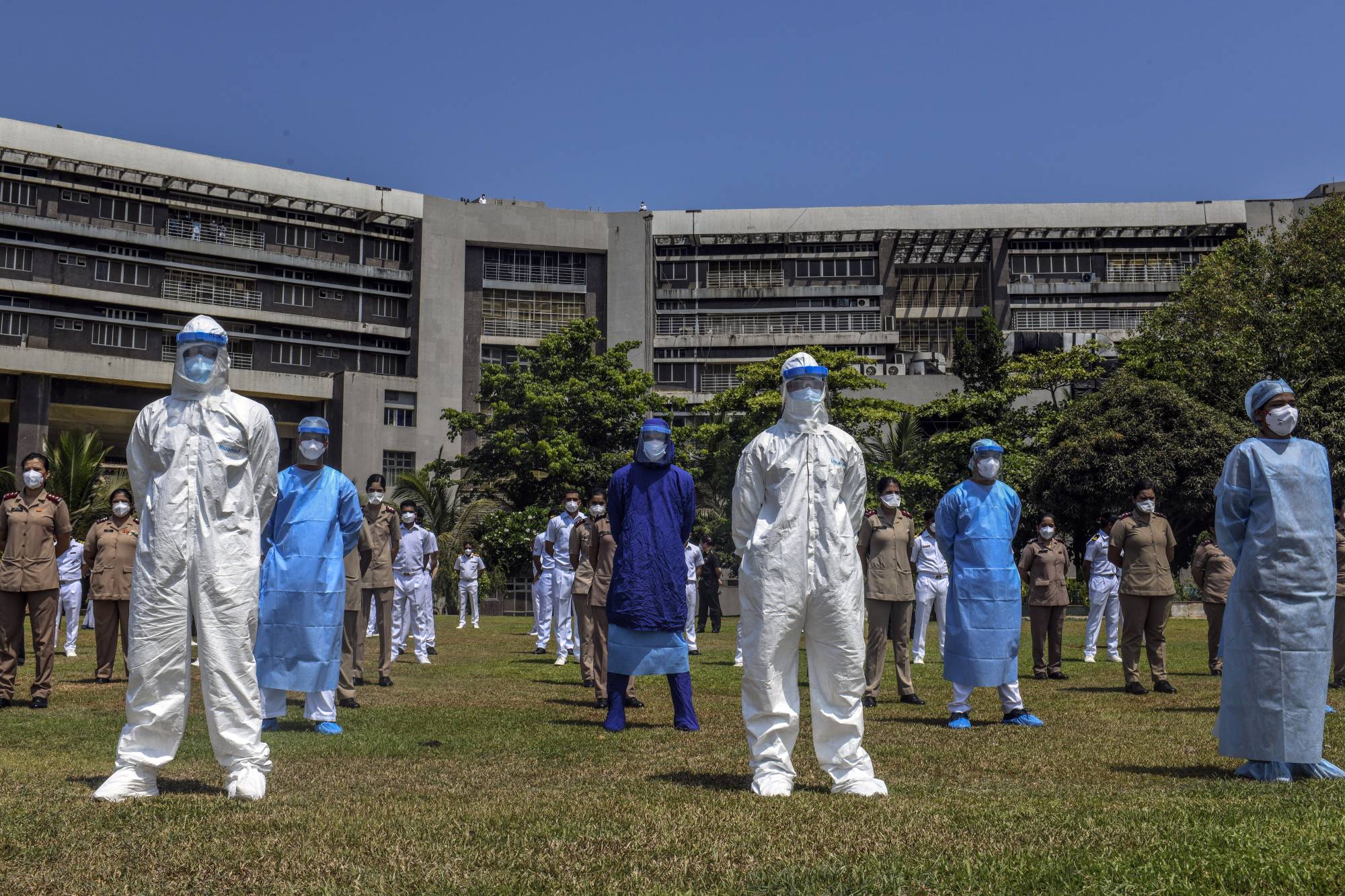At midnight on April 17, as a deadly new wave of the coronavirus overwhelmed India, Mumbai’s Municipal Commissioner Iqbal Singh Chahal learned that six hospitals in his city would run out of oxygen within hours — putting the lives of 168 patients at risk.
Amid the ensuing scramble, the patients were rushed to the temporary hospitals Chahal’s team had set up during the city’s first wave in 2020. He hadn’t dismantled the facilities even when cases dipped. Unlike most Indian hospitals that relied on cylinders, they had been equipped with pipes that supplied oxygen directly to patients’ beds. All 168 survived.
That night — which Chahal describes as the scariest he’s ever had — offers a look at the tactics India’s financial capital used to quell its outbreak faster, and with fewer casualties, than other parts of the country. Mumbai has reported 2,784 deaths since the second wave began on March 1, around a fourth of the 10,595 in capital New Delhi. Even India’s Supreme Court has suggested that aspects of Mumbai’s model could be adopted in other parts of the nation such as New Delhi.


















With your current subscription plan you can comment on stories. However, before writing your first comment, please create a display name in the Profile section of your subscriber account page.